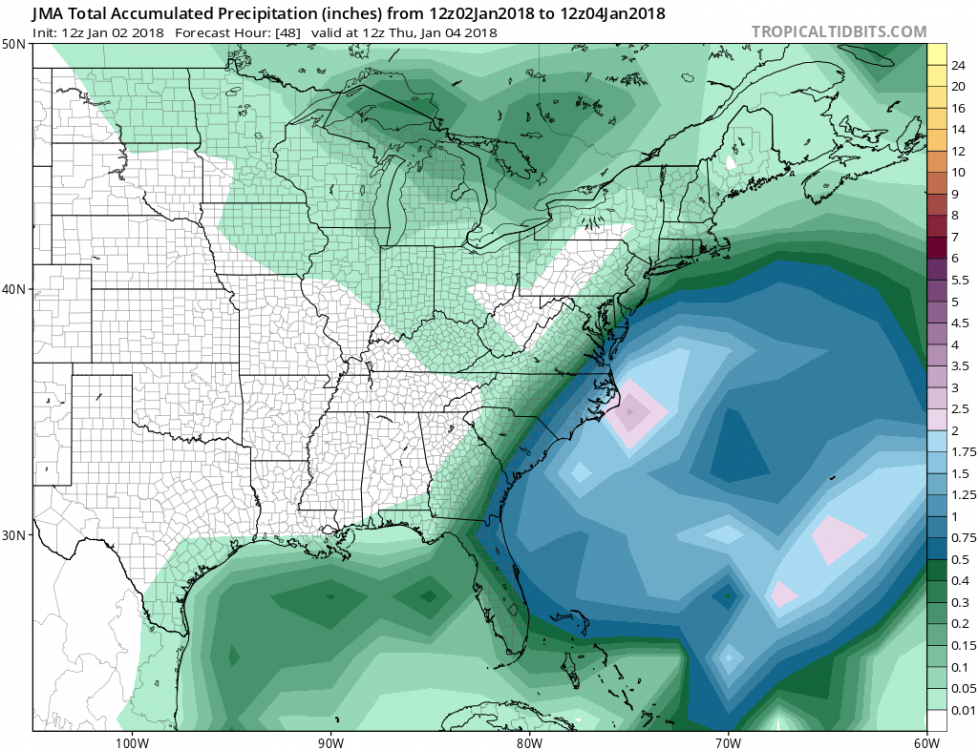So what your saying is meteorology over modelologyFor a reputable global model to jump west that much at this late hour should tell folks all they need to know about the complexity of this setup, and also that the pattern supports a much further west solution.

Sent from my SM-G920V using Tapatalk






